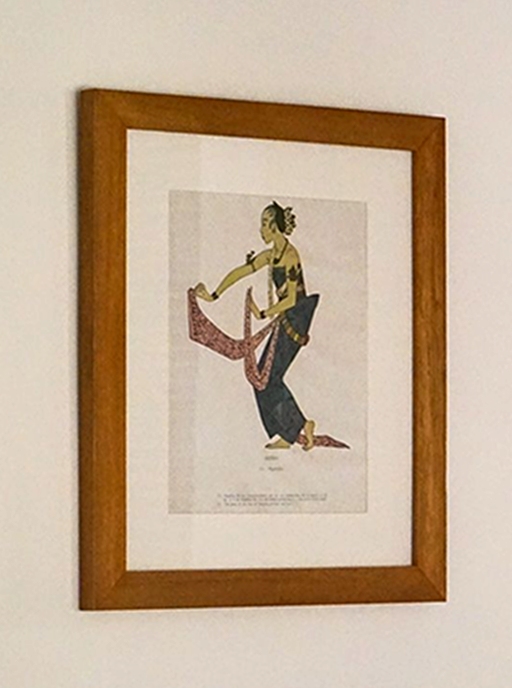C.2025 TandjungSari. All Right Reserved.
Website by Fleava.
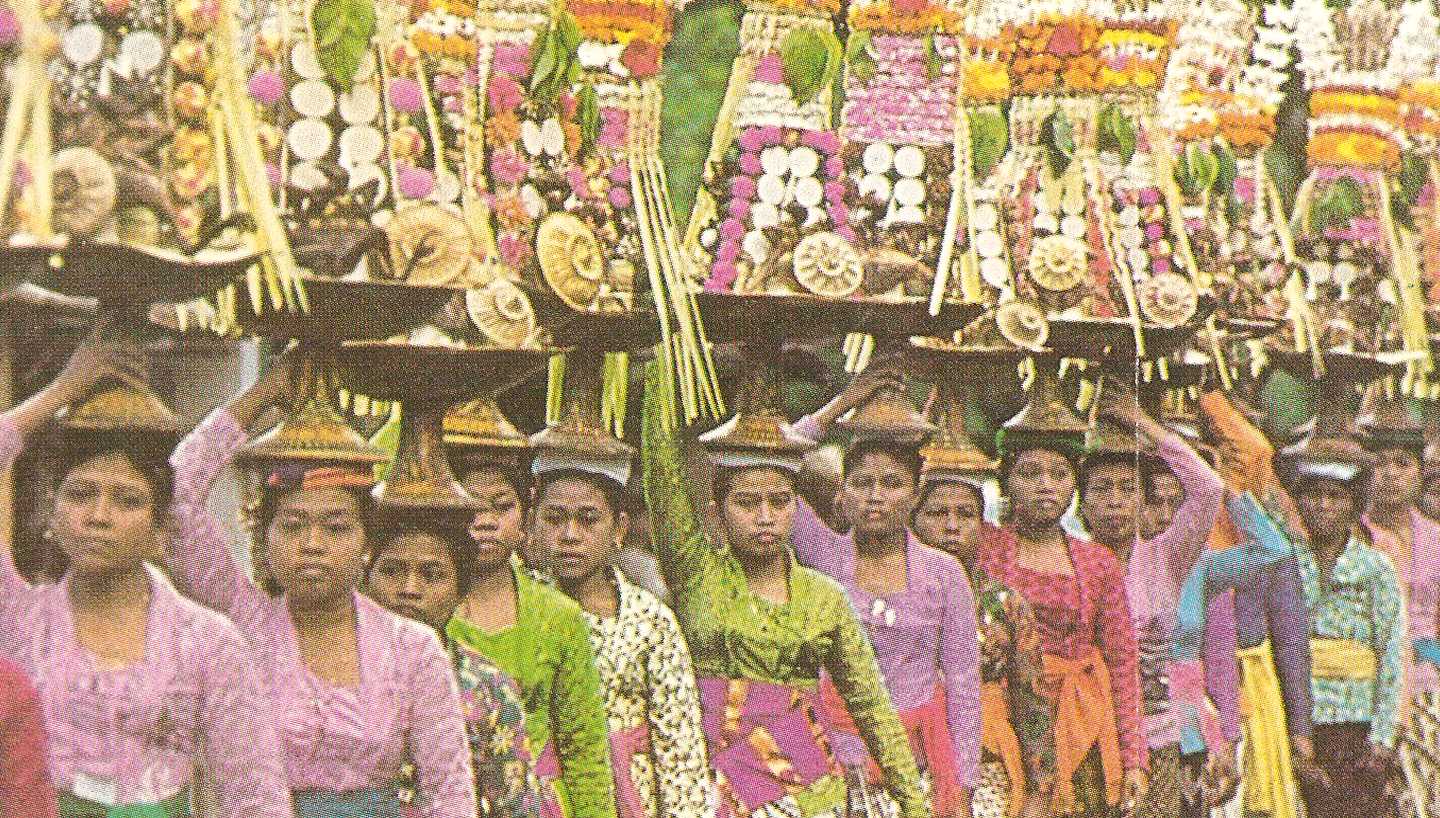
Bali, with its enchanting charm, presents a tapestry of unique and authentic cultural experiences waiting to be discovered across the island.
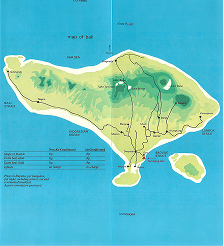
Some are just around the corner, while others invite you to embark on an adventure, requiring a tour or transportation to reach their distant beauty.
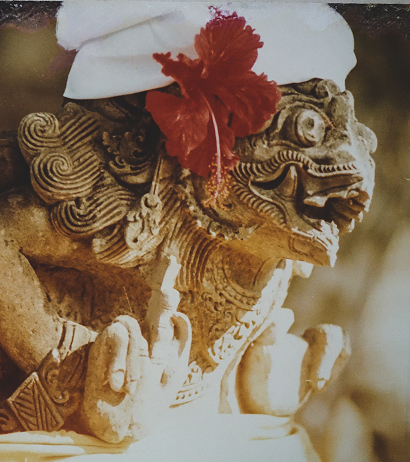
The Balinese cultural calendar, following the Saka/local calendar, unfolds throughout the year, offering a journey of inspiration and wonder.

The Galungan holiday, one of Bali’s most important, falls once every 210 days, in the Balinese week of Dunggulan, always on a Wednesday.
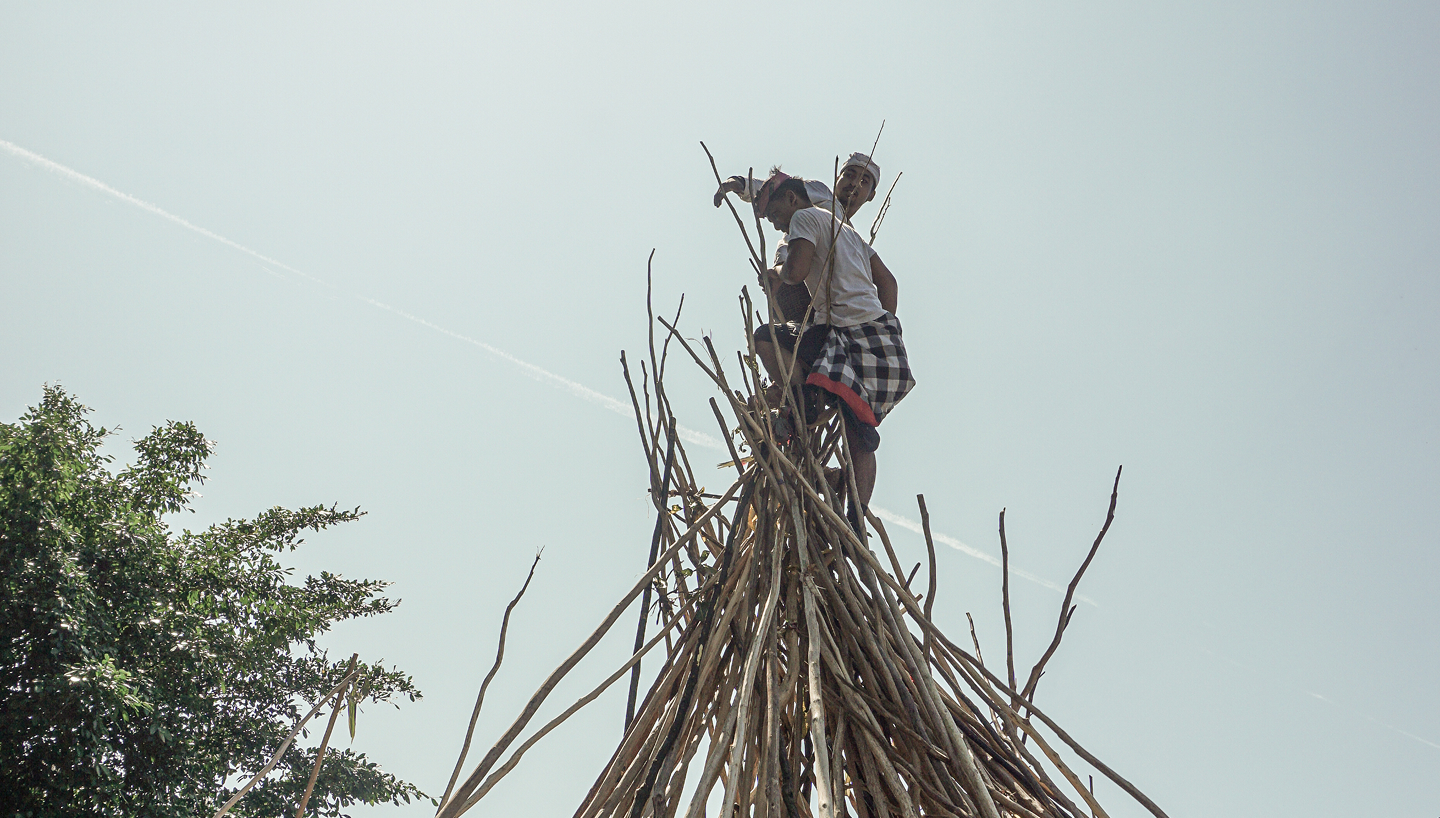
Kuningan is a Balinese holy day celebrated ten days after Galungan. It derives from ka-uningan, meaning wisdom, and the ritual aim is to attain spiritual elevation through introspection.
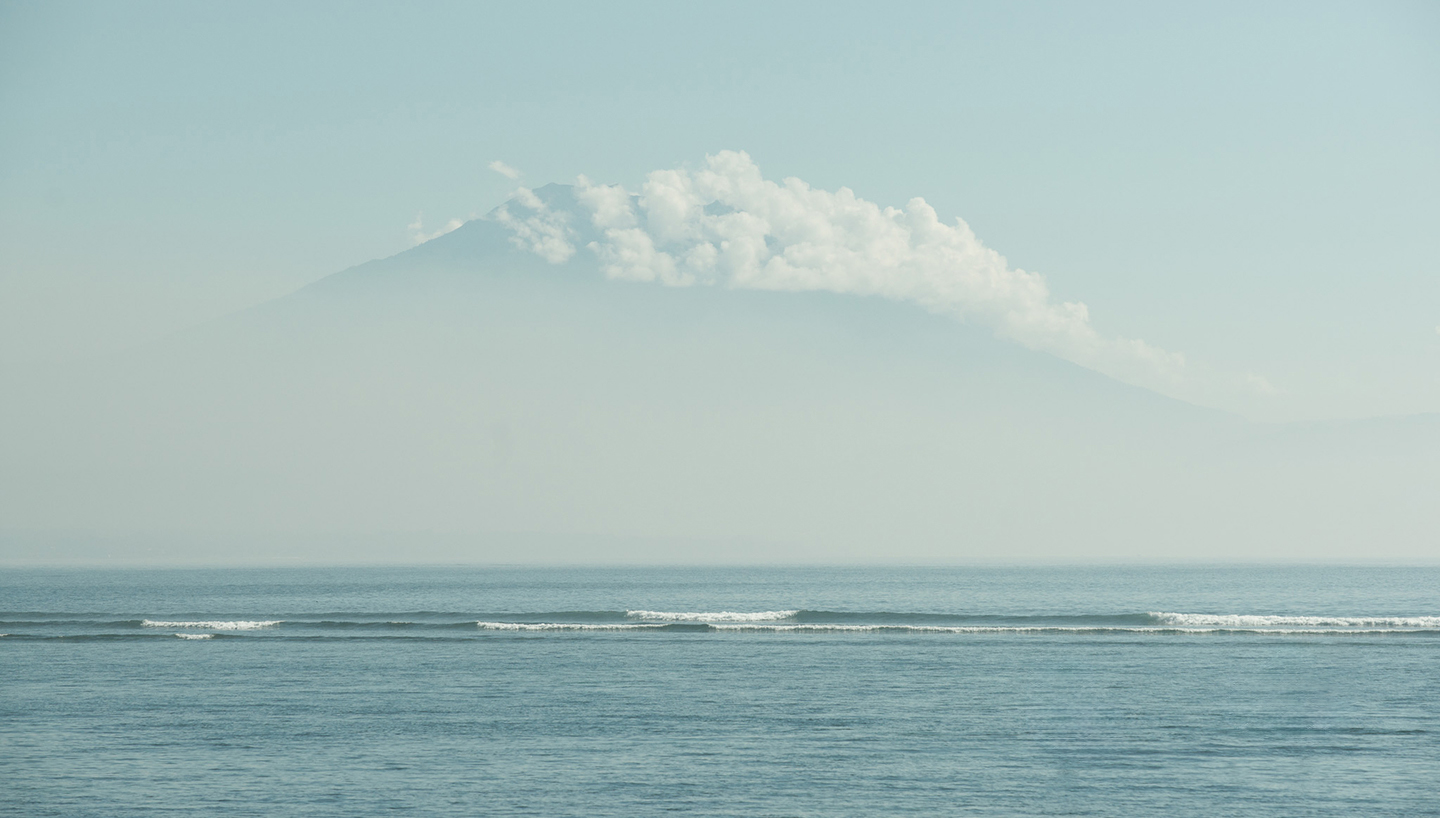
The Balinese New Year is known as Nyepi and is celebrated according to the Saka lunar calendar, on the dark of the moon of the spring equinox, usually falling in March or early April.
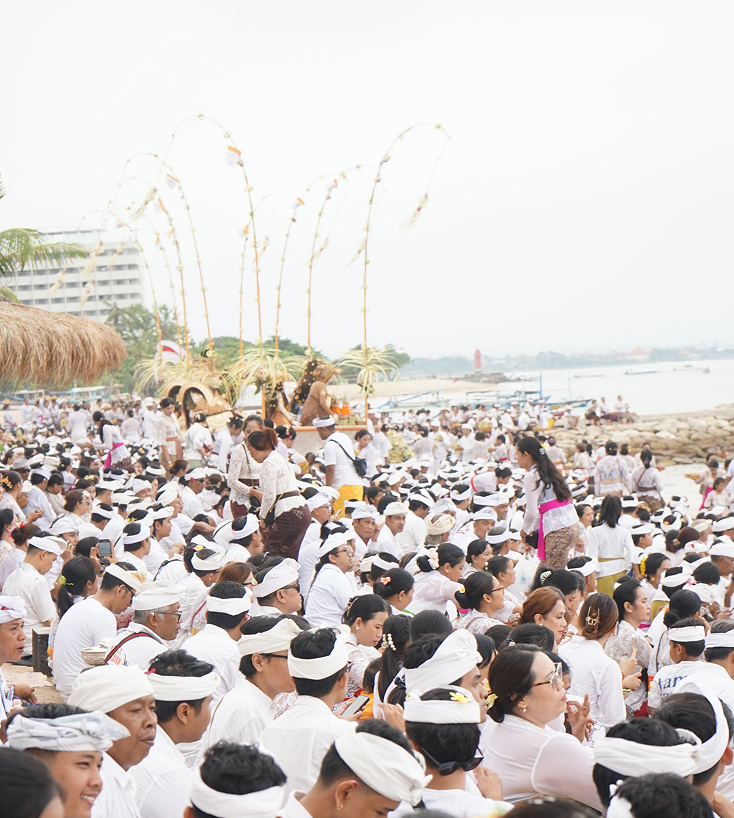
Three days before Nyepi, a large purification ceremony called melasti is held by villages all over Bali.
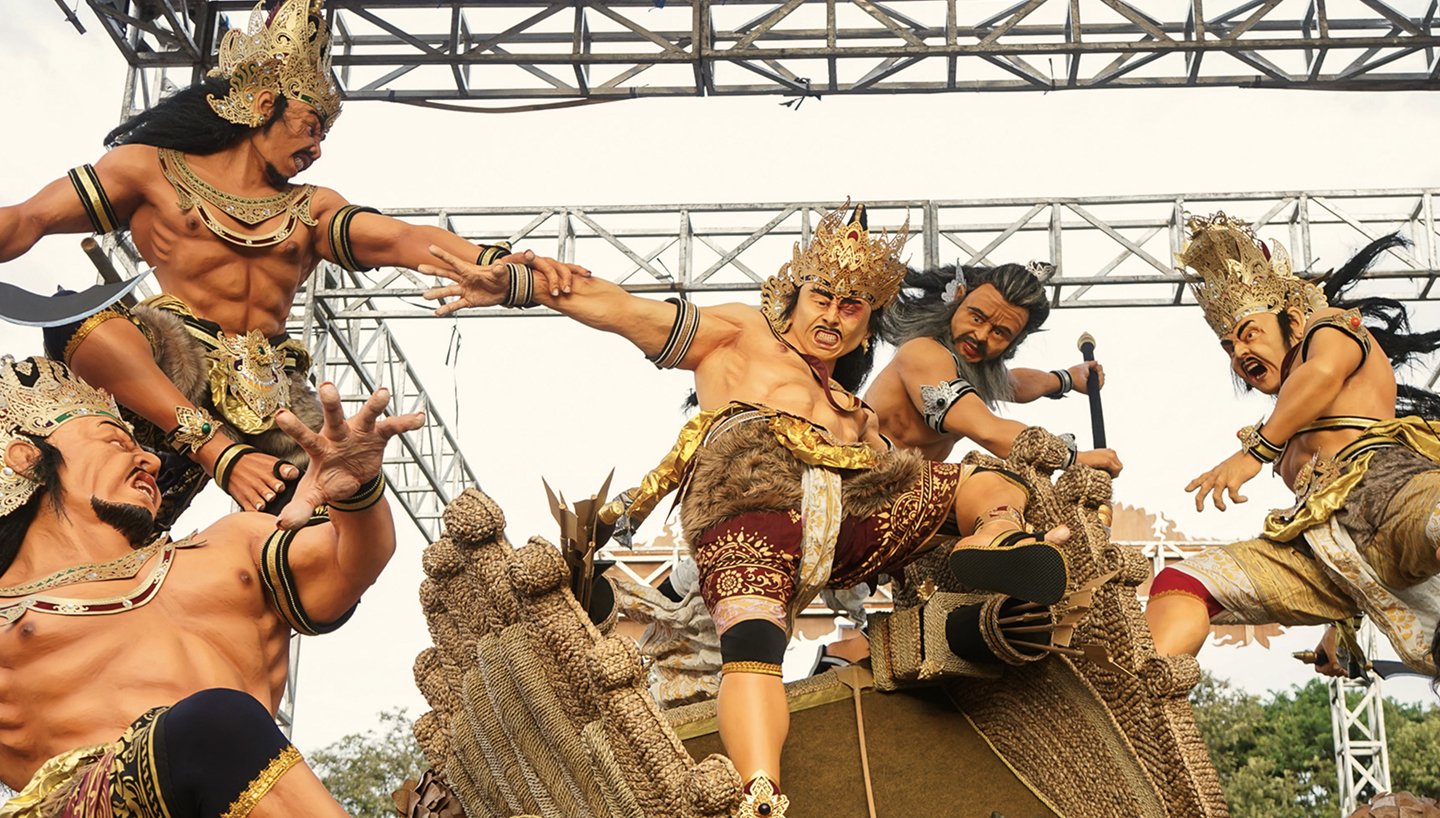
In the evening of Pengrupukan, the day before Nyepi, villages parade ogoh-ogoh—giant effigies of demons, designed and built by the youth of each community.
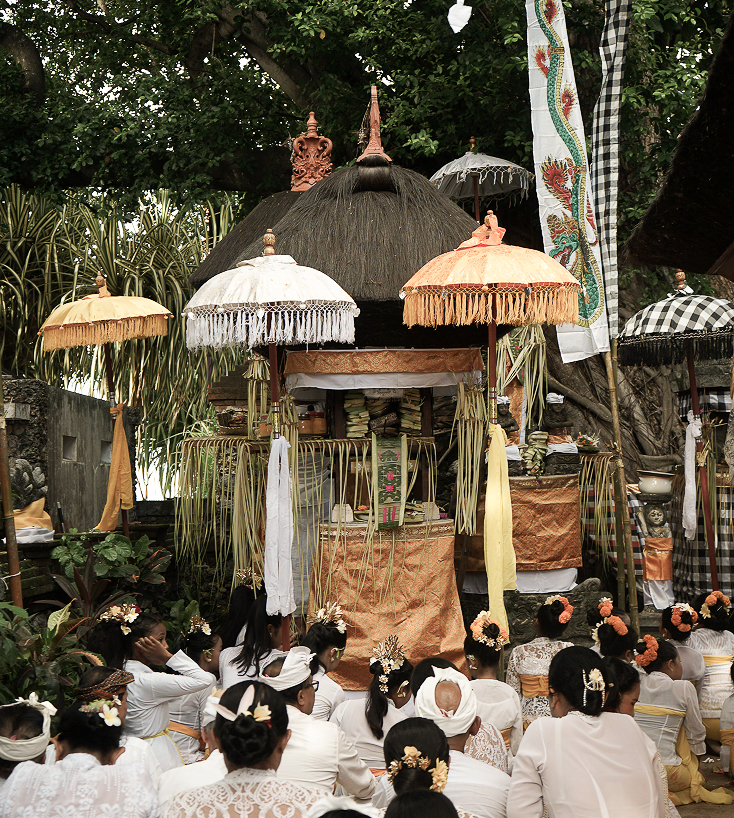
A piodalan is a temple’s anniversary, when the deities are believed to come down from heaven to the temple shrines, partake of offerings, and convey blessings through the medium of holy water.
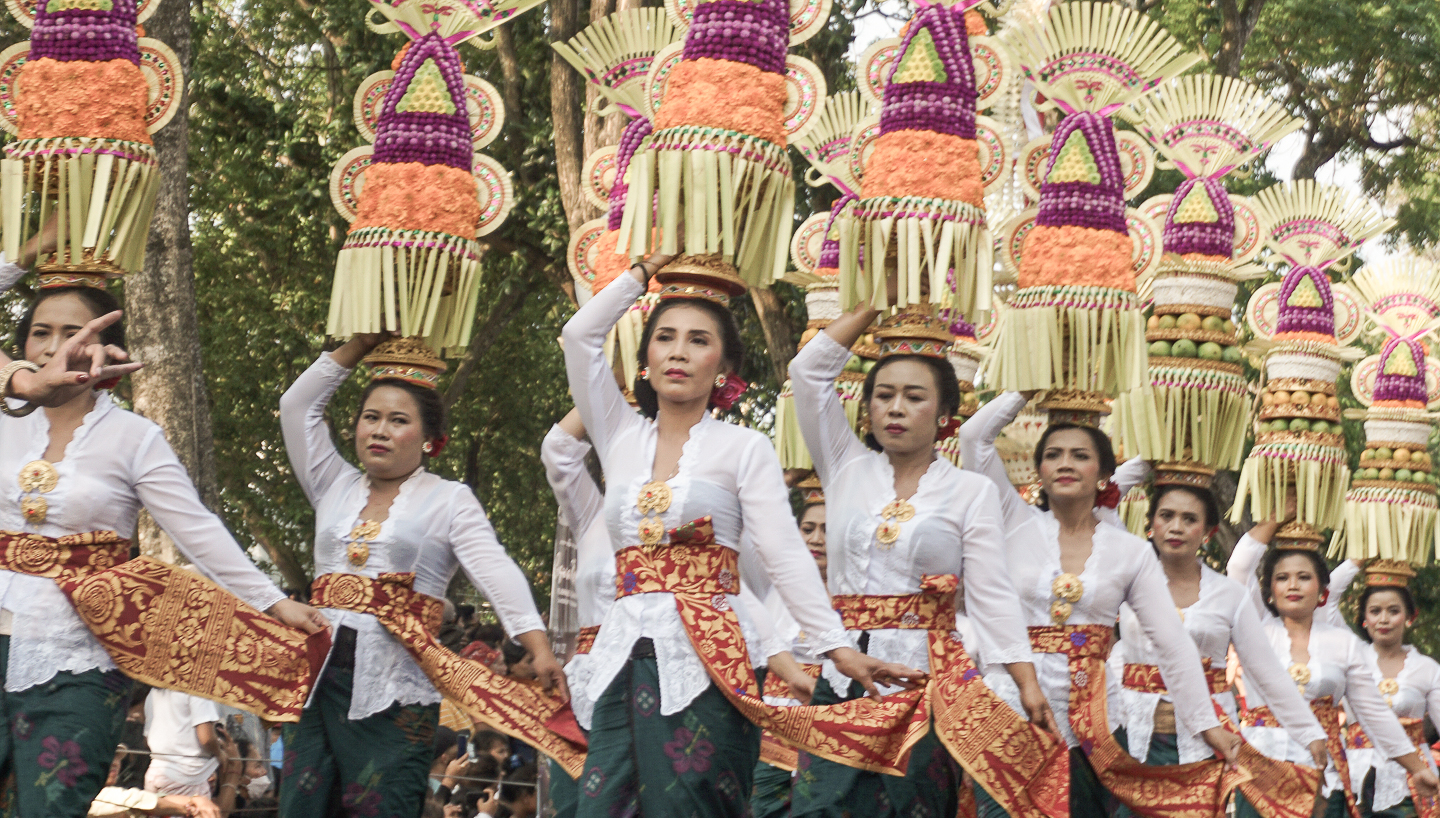
The island’s largest and most spectacular cultural event, the Bali Arts Festival (Pesta Kesenian Bali), is an annual program organized by the government of Bali Province.
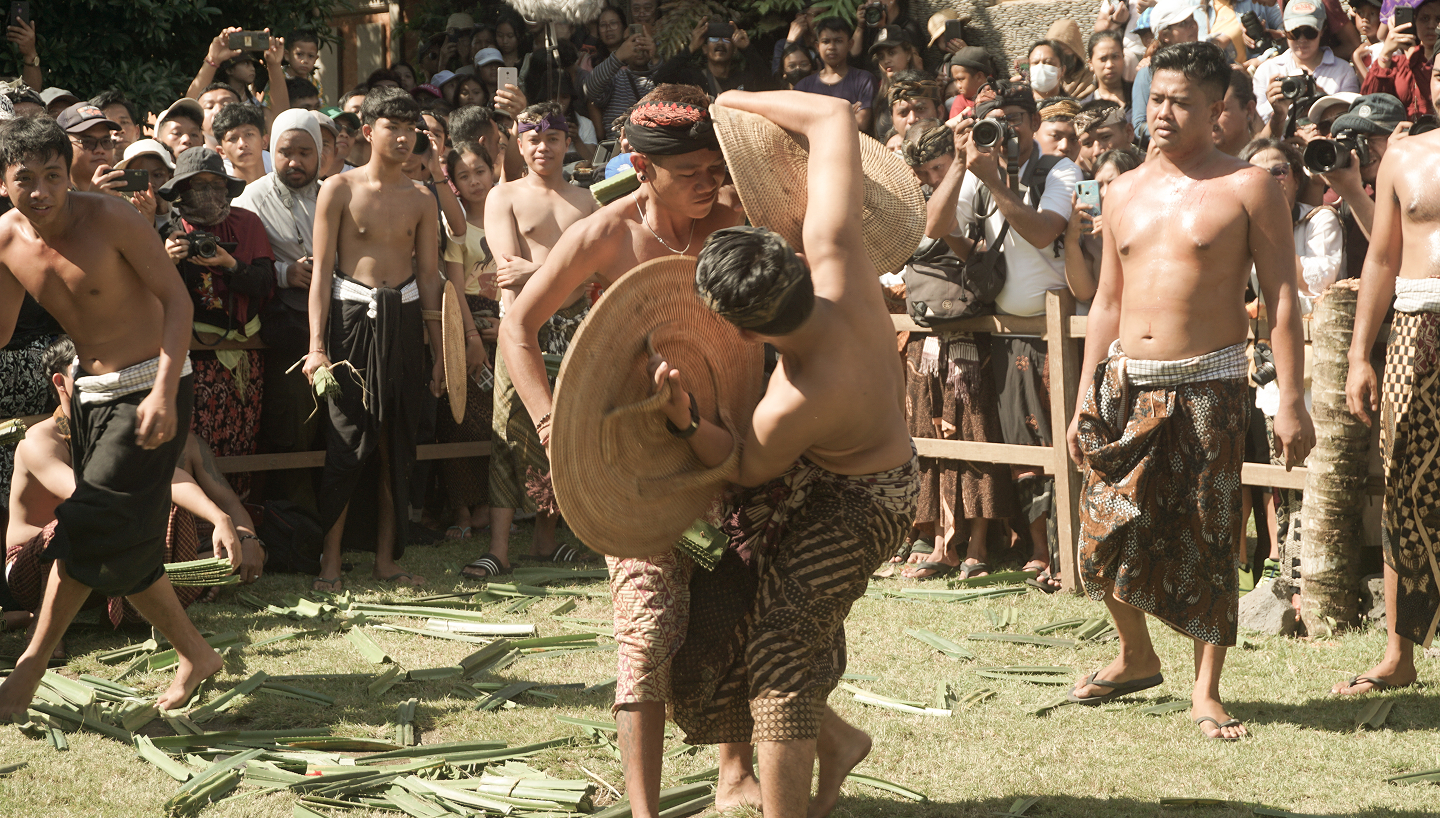
The Bali Aga village of Tenganan Dauh Tukad in Karangasem Regency has a unique tradition of a ritual battle with spiny pandan leaves, known as mekare-kare or mageret pandan.
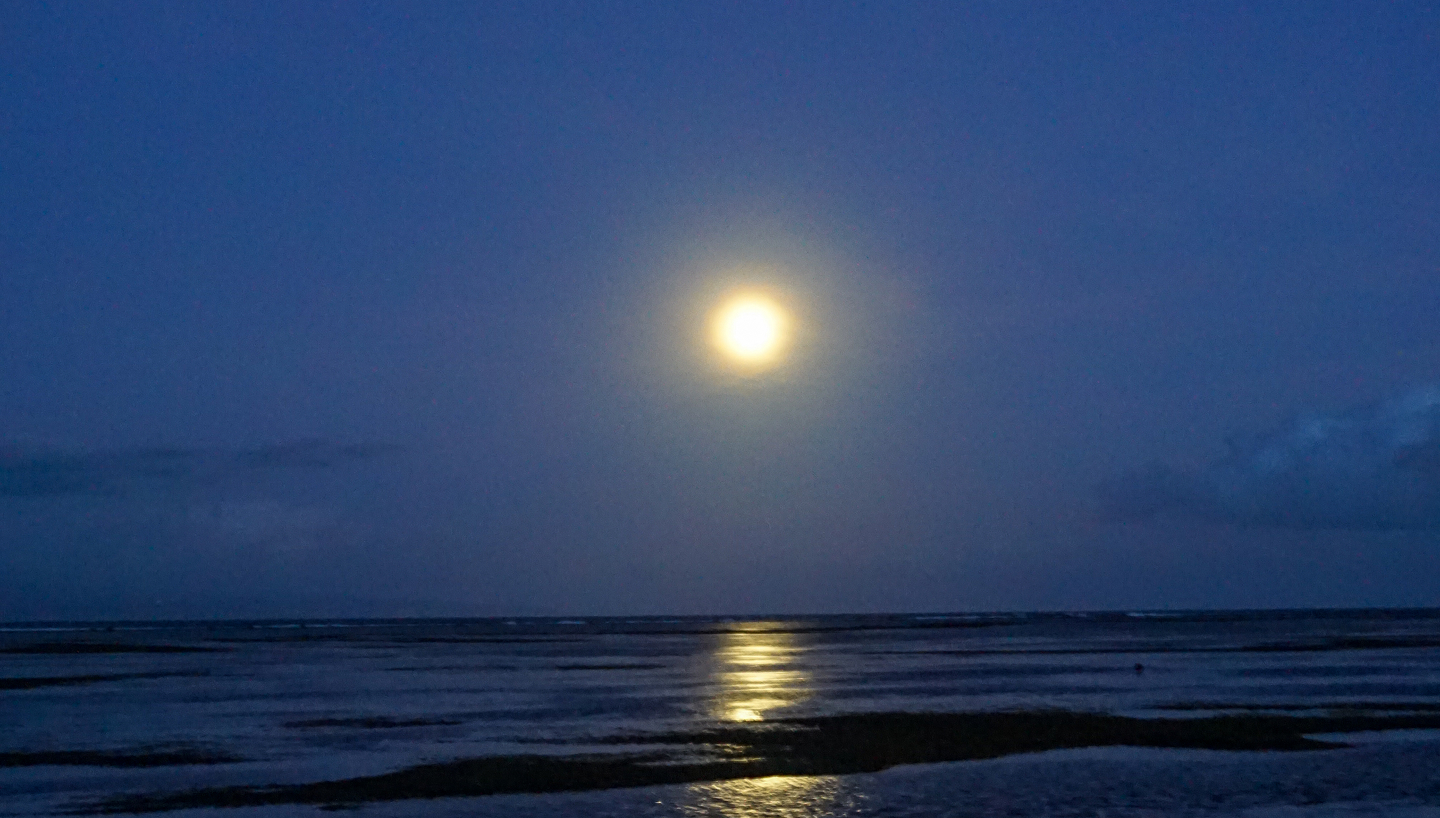
The full moon (Purnama) and the dark of the moon (Tilem) are always sacred days for Balinese Hindus.
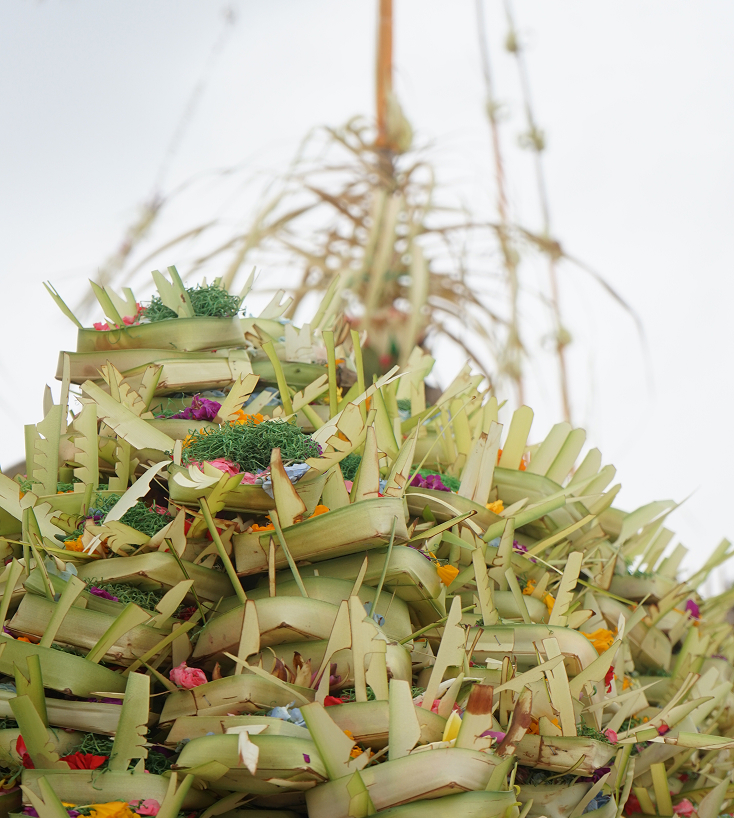
In Bali, all religious rites, large and small, are carried out with offerings, called banten in Balinese.
Next page
